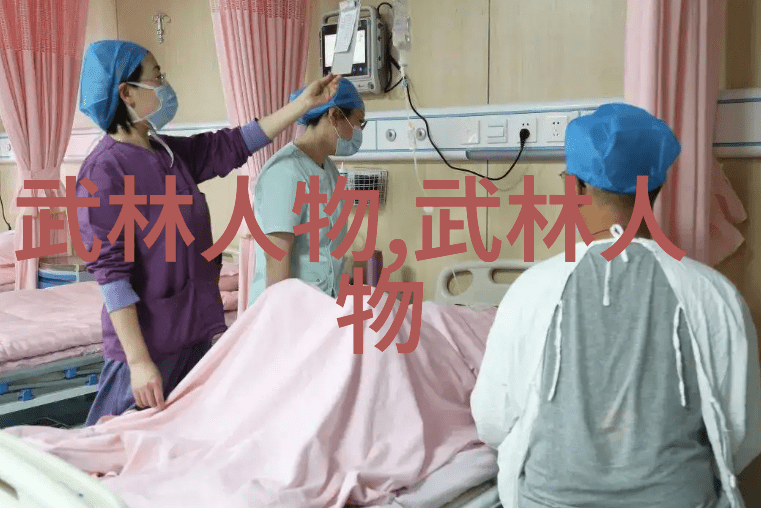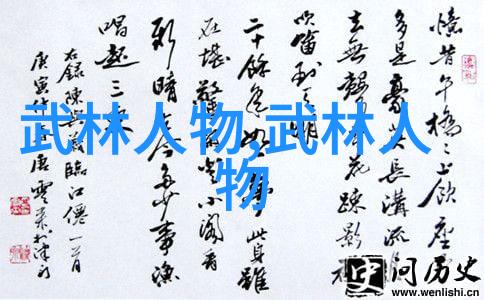

编者按:洪拳,广东名拳之一,威震岭南数百年。近年来,影视作品的推广使其在国内外一度风行,但理论建树不足,只是虚假繁荣;尤其是李连杰先生演绎的夸张动作,对洪拳正常发展造成了极大破坏,使一些国际友人错误地认为李连杰所演练的风格才是真正的洪拳。这种现象让洪拳界深感担忧,有鉴于此,他们对洪拳进行了深入挖掘与全面研究,以求有所建树。其中,武术家周至誌先生文章,对洪拳有整体宏观把握,代表了洪拳理论研究先进水平,对欲从深层探索奥秘的武友而言,不失为满足愿望良机。

“小成三年中,大成十年功”。不论何家武艺,都离不开刻苦砥砺和持之以恒,是以南派称武艺为功夫。林世荣先生《虎鹤双形拳》自序如是说“一道诚易学而难精”,先明规矩、习标准,然后气力、接桥。明此则功自进,更求横直吞吐、四到之秘、五门之法、八面之形、生死之路。这古人说学武先求明师,知其然和其所以然,再加力气并持以恒,将融会贯通,就是这个道理。
洪家拳从扎马碌桥开始,便是一门实实在在的气力功夫,没有花巧可言。“讲桥马”;“桥马佛快打”,这些流行谚语更加突出洪家的前辈在桥马上痛下三五年的苦功很普遍。试想轻浮无力的马步和无力的桥手怎能与人相搏?只需通过苦练琢磨便能明白其中奥妙,便已踏入殿堂。

内外五要包含在bridge hand and horse stance, is the foundation of Tai Chi practice. The internal five elements are jing (essence), li (strength), bone, qi (vital energy), and shen (spirit). These five elements are interrelated, being the foundation of martial arts practice as well as personal cultivation.
(1) Jing

Jing is the core of the internal five elements. It refers to the vital essence that gives life to all living beings. A sufficient amount of Jing ensures that one's spirit is complete and Qi is abundant.
(2) Li

Li refers to strength or power in martial arts practice. It originates from muscles and bones; strong bones and thick muscles result in robust strength while weak bones and thin muscles lead to weakness.
(3) Bone

Bones provide a solid foundation for muscular development.
(4) Qi
Qi is vital energy that flows through the body's channels or meridians. Its balance with Jing ensures good health.
(5) Shen
Shen refers to spirit or consciousness which guides actions based on intention rather than physical force alone.
The external five requirements include footwork, stance, bridge hands, horse stance, postures for standing still or moving.
Through mastering these principles one can achieve mastery over their own body and gain insight into other disciplines such as Tai Chi.
In conclusion this article highlights how understanding the internal and external principles can help an individual develop their martial art skills but also enhance overall health by cultivating balance between yin-yang forces within themselves.
This text explores how understanding these fundamental principles allows individuals not only to improve their physical abilities but also contribute towards mental clarity leading towards self-realization.

2025-04-26

2025-04-26

2025-04-26

2025-04-26

2025-04-26

2025-04-26

2025-04-26

2025-04-26

2025-04-26

2025-04-26